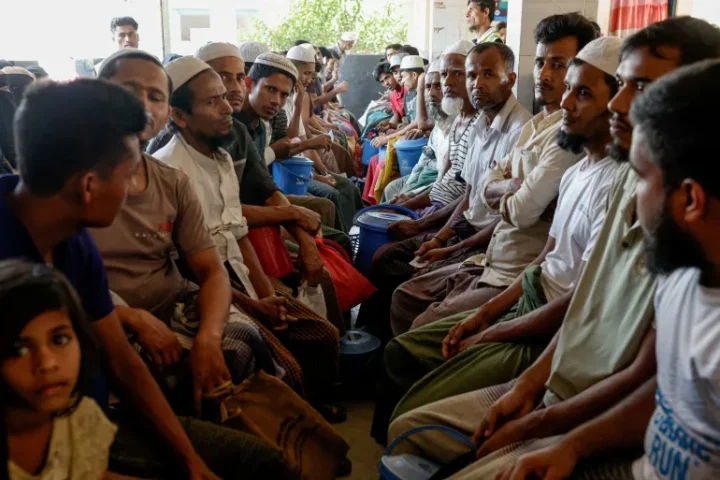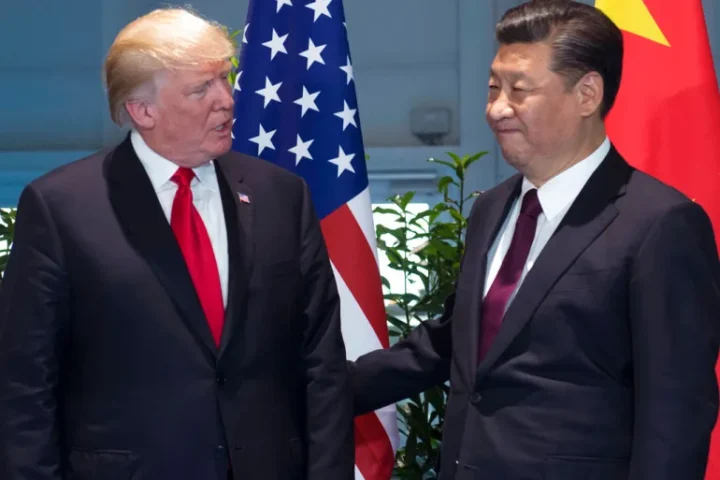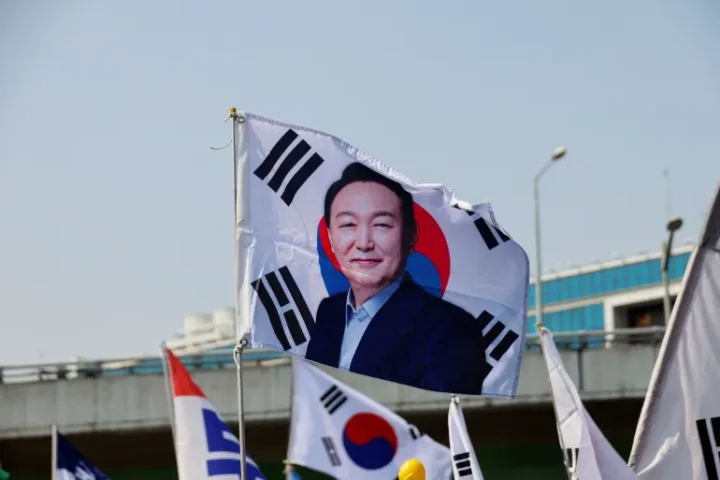President Rashad al-Alimi has toured the Gulf looking for more funds for the country’s war-damaged economy.
A truce between Yemen’s internationally recognised government and the Houthi rebels has helped bring a semblance of stability to the country since it began at the start of April, considerably reducing hostilities on the country’s front lines, and making many Yemenis hopeful that an end to the war could be in sight.
But Yemen’s economy, and in particular its currency, continues to struggle, leaving millions of Yemenis in poverty, and casting doubt on the capability of the government’s Presidential Leadership Council (PLC), which was sworn in on April 19.
At the time, the Yemeni rial experienced a welcome boost in its value, but the sudden rebound of the riyal has been short-lived, and its value has dropped once again.
In government-held parts of the country, $1 is exchanged for 1,100 Yemeni rials, an unofficial rate that is used by all money exchangers, and is similar to the level before the PLC bounce.
That is despite a pledge of $3bn from Saudi Arabia and the United Arab Emirates to prop up the Yemeni economy.
“The national currency devaluation is unlikely to be fixed soon, and this crisis persists for multiple reasons,” Wafeeq Saleh, a Yemeni economic researcher, told Al Jazeera.
“The new leadership and the [government-run] Central Bank of Yemen in Aden (CBY-Aden) need to introduce stricter financial and monetary measures to control and monitor the diverse banking activities in the country. What they have done has not been adequate to revive the value of the local currency,” Saleh said.
Even when the CBY-Aden, which operates separately from a branch of the CBY in Houthi-controlled Sanaa, issues directions and novel procedures to counter the currency devaluation, the rial has kept falling in value against foreign currencies.
“The banking industry is still under the hegemony of the black market and the money speculators, especially as most money exchange companies, which possess huge sums of local currency, operate outside the control of the CBY-Aden,” Saleh said
The civil war pitting the Iran-backed Houthis against the Yemeni government broke out in 2014 when the Houthis took Sanaa, before a Saudi-led military intervention in March 2015. Hundreds of thousands of people have died as a result of the conflict since then.
On the economic front, inflation, unemployment, a decline in exports and currency depreciation have been persistent woes.
Since 2019, the Houthi authorities in Sanaa have banned the use and circulation of new banknotes printed by the Yemeni government.
The decision triggered divergent currency values – while $1 equals about 1,100 Yemeni rials in government-run territories, it is currently being exchanged for 557 Yemeni rials in Houthi-held governorates.
Shortage of hard currency
Merchants and companies in Yemen require foreign currencies such as the US dollar to import food – which the country imports 90 percent of – consumer commodities, fuel, or other goods.
The $3bn deposit from Saudi Arabia and the UAE was intended to supply the CBY-Aden with hard currency.
However, the amount has still not arrived at the CBY.
“The financial support pledged in April by Saudi Arabia and the UAE has not reached the accounts of CBY,” said Saleh. “This is another reason the Yemeni rial has lost its post-PLC recovery.”






